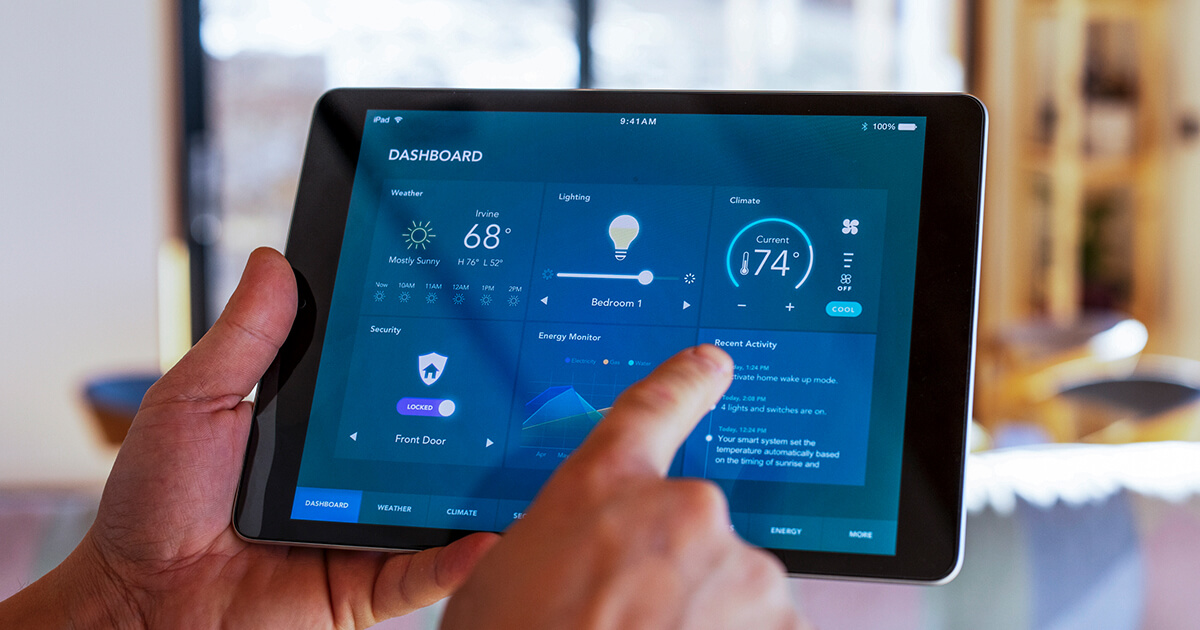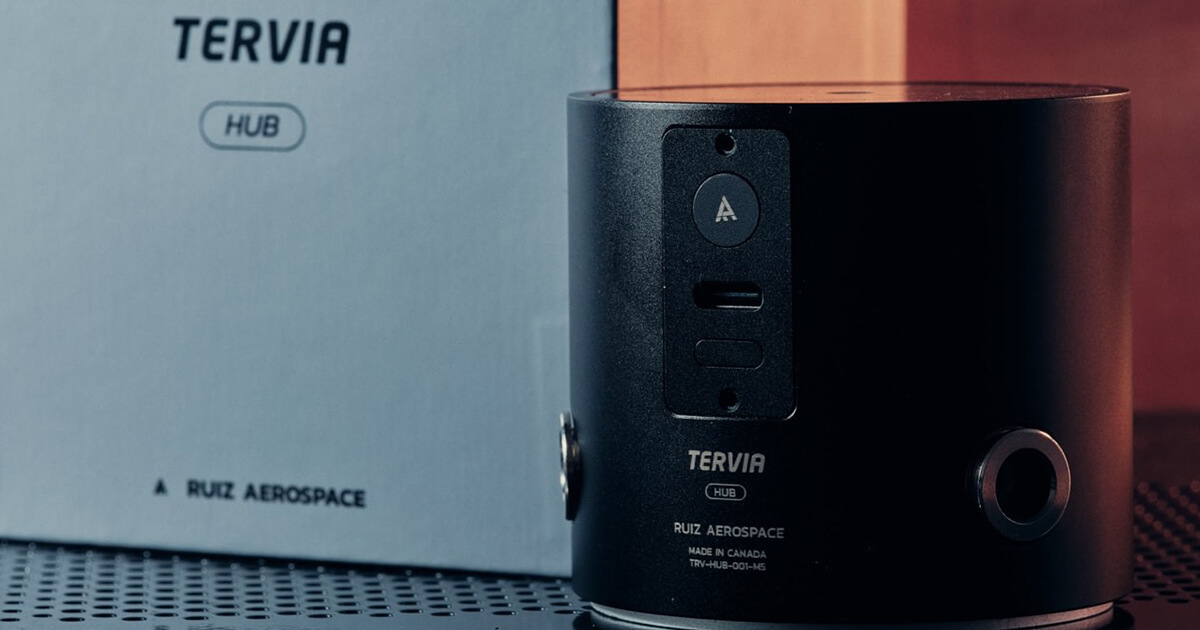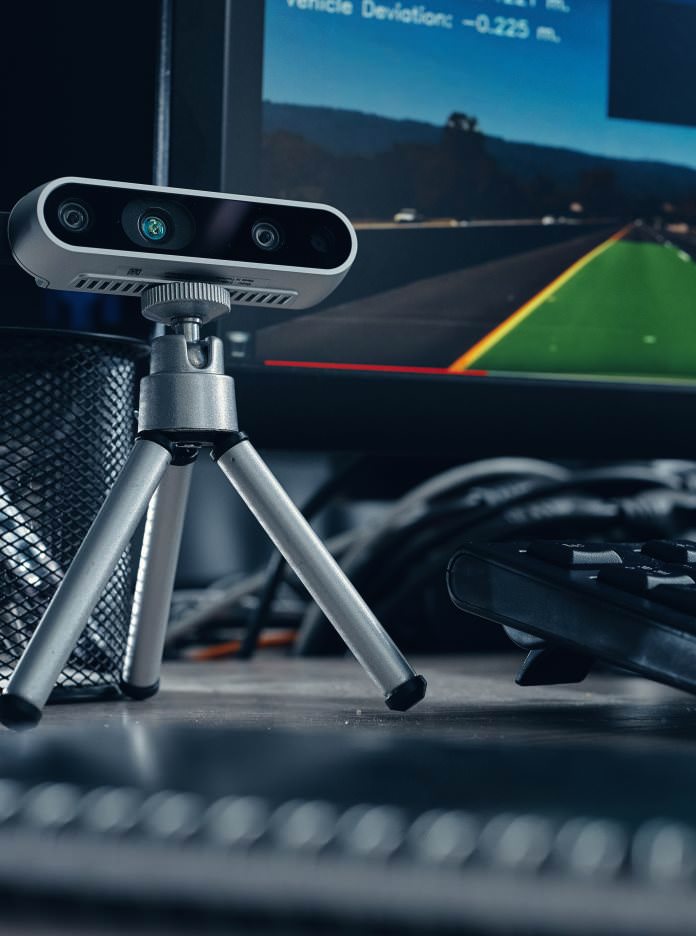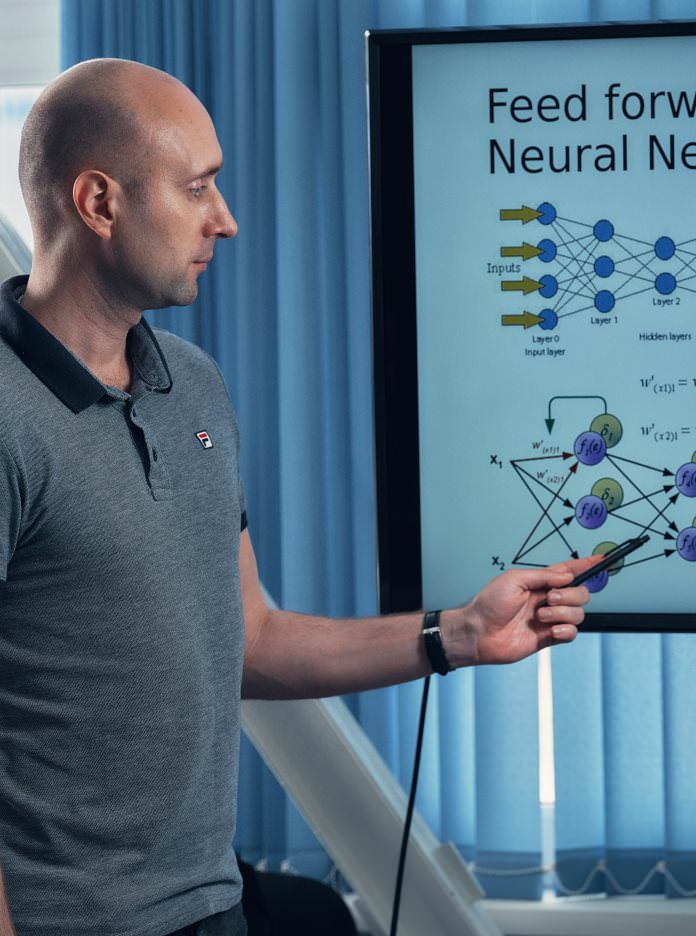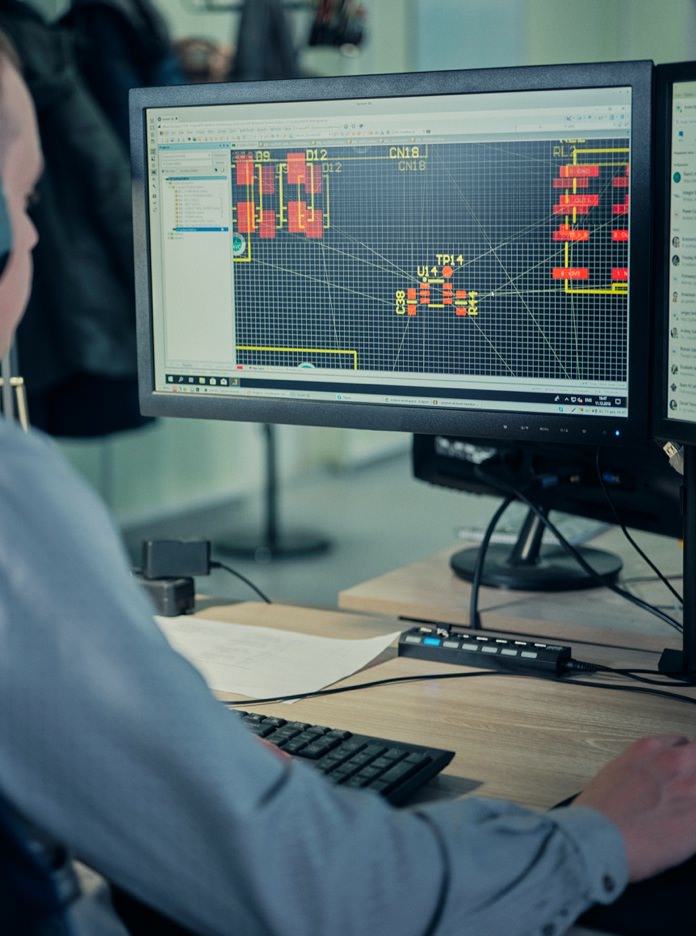This website uses cookies so that we can provide you with the best user experience possible. Cookie information is stored in your browser and performs functions such as recognising you when you return to our website and helping our team to understand which sections of the website you find most interesting and useful.

Cloud Application Development Services
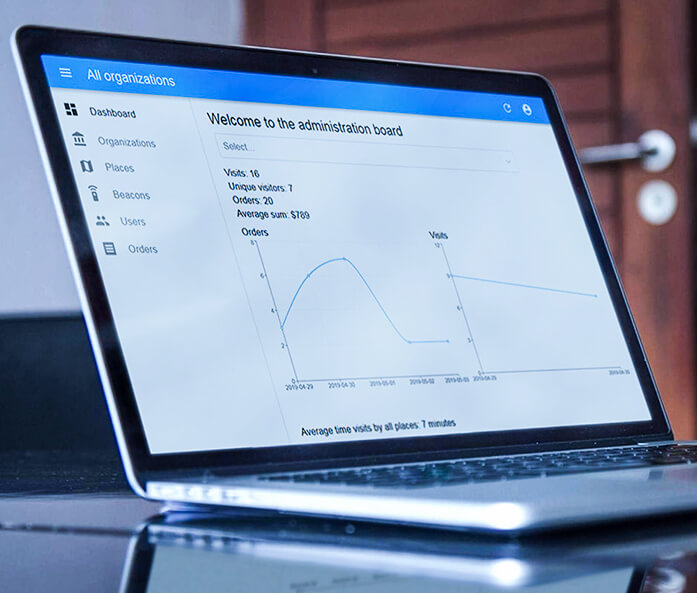
What we do
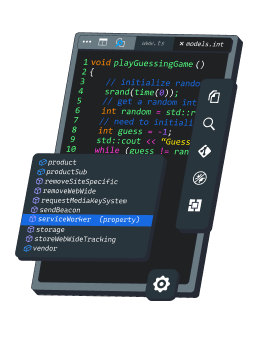
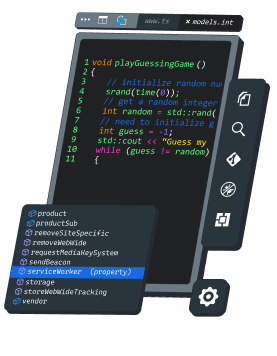
What’s included

Custom Cloud App Development

Cloud Data Management Solutions

Cloud Migration and Integration
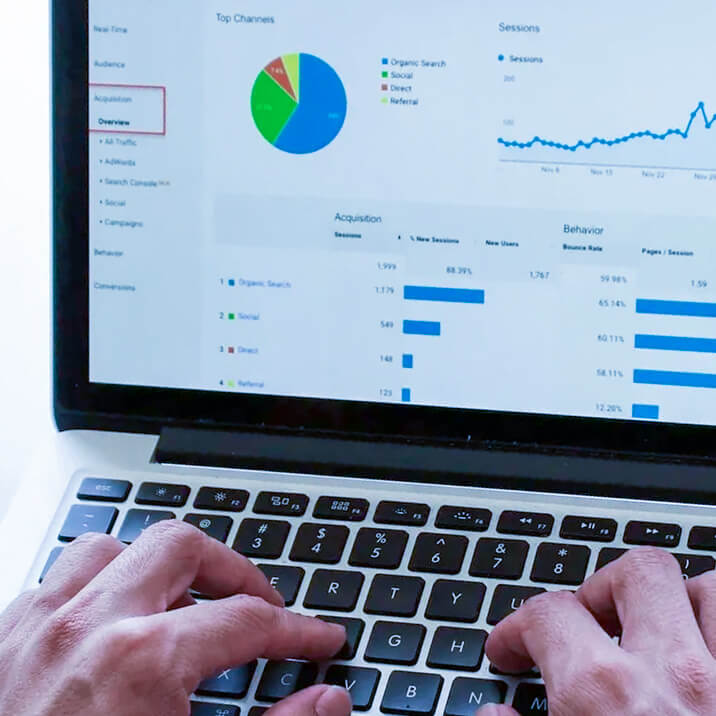
IoT Cloud Platform Services

AWS Cloud Development

Other Cloud Development Platforms

Cloud Security

Have an idea?
SUBMIT A PROJECT
Our projects
Awards






Why choose Integra Sources

Integration
- Adaptation to customers’ management systems
- Integration into customers’ development processes

Flexibility
- Flexibility in development
- Flexibility in communication

Communication
- High level of communication
- Personal account management
- Legal security guarantee

Transparency
- Transparency in development processes
- Customer’s dashboard
- Clear timelines
Industries
Learn more about the industries we work with
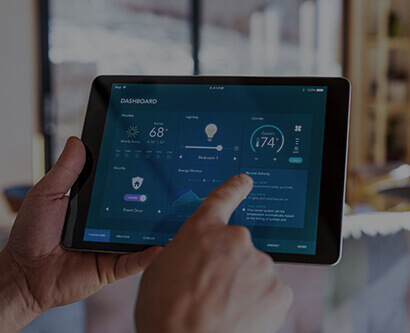
Consumer Electronics

Power Electronics
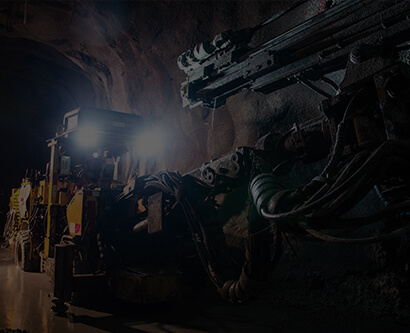
Extractive Industry & Manufacturing
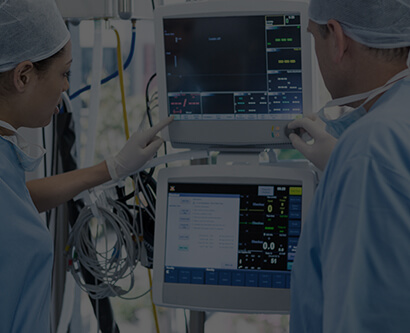
Healthcare
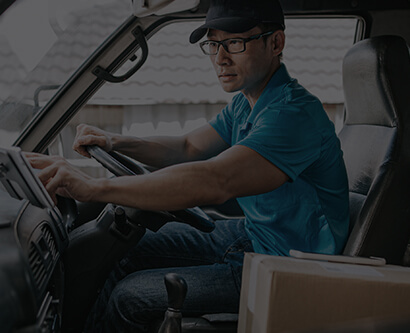
Logistics & Transportation

Science & Education
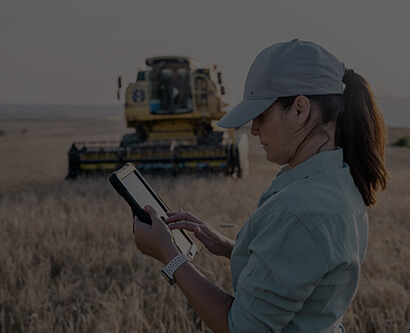
Agriculture

Entertainment
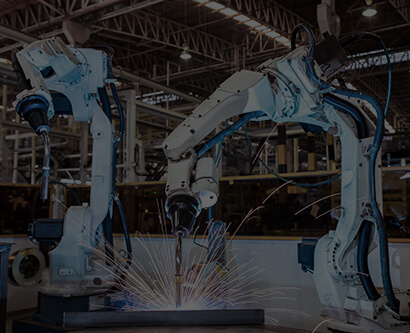
Robotics






Our tech stack
Languages



Cloud Platforms
Frameworks and Toolkits
IDE

Database Management Systems
Data Communications Protocols
Testing and certification





Explore our workflow

GO to workflow page
We get acquainted with the concept of the future solution and sign a non-disclosure agreement. The team gathers project requirements, studies relevant documents, and analyzes rival products on the market. At this phase, a preliminary project evaluation is made.
We contact the customer to confirm the project requirements. Then we create a technical specification and set a budget and deadlines.
We make the final evaluation of the project, make up a team, and schedule its workload.
We sign a contract for software development. The team gets to work.
We select libraries, languages, and tools and get into software development. The team identifies and eliminates bugs and optimizes the performance of the software. Customers receive daily reports on the progress. If necessary, the plan can be amended.
The team tests all the software functions. We check its performance under corresponding operating conditions and run some tests required for product certification. If necessary, the product is then modified.
After the tests, we finalize the necessary documentation. We can prepare manuals if the product is designed for in-house use.
When the development process is finished, customers can enjoy a free warranty period. During this time, the team will fix any bugs and defects in the product.


